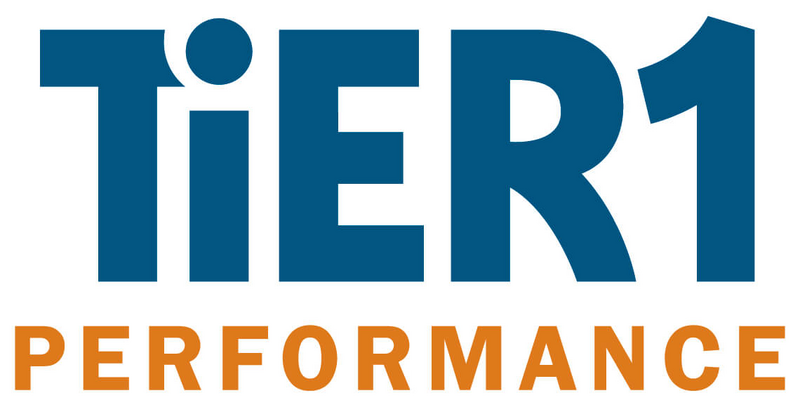ATD Blog
Self-Leadership Is Critical to Leading Teams
Thu Jan 11 2024

Modern leaders face numerous challenges and demands on their time and resources. Effectively navigating this complexity requires leaders to prioritize self-leadership. It’s tempting to put all our focus on leading others, functions, or organizations—yet it’s essential to understand that our personal and professional development are intertwined. How we lead ourselves affects how we lead everywhere else.
At the core of self-leadership are where you look, or your attention, and how you see, or your perception.
Self-Leadership Through Attention
Attention is a learned behavior. We all know people who focus on the doom and gloom. Sometimes, perhaps, rightly. Other times, it’s a habit of the mind developed over time. In 1890, the pioneering psychologist William James wrote one of my favorite sentences: “My experience is what I agree to attend to . . . only those items which I notice shape my mind.” How might you agree to attend to the positive as well as the negative?
Attention takes work. Like all behavior, attention takes energy and practice; and like any other skill, the more you practice, the easier it gets. Our brains are extraordinary and have extraordinary energy needs; at a resting state, they require nearly 20 percent of our daily calories. The pool of available attention is finite, and the demands upon it are vast. Nobel Prize laureate Herbert Simon coined the term attention economy, calling it the “bottleneck of human thought” and noting that “a wealth of information creates a poverty of attention.” Does that seem familiar?
Self-Leadership Through Perception
Perception is a learned behavior. We all know people who leap to conclusions. Our brains are full of cognitive biases, like the anchoring bias, which explains why we tend to rely heavily on the first piece of information we perceive (such as list price or a first impression). Learning to see beyond the obvious, the assumed, and the automated requires reflection. How are your perceptions driven by the facts versus others’ interpretations?
Perception takes work. Viktor Frankl wrote another of my favorite sentences: “Everything can be taken from \[someone\] but one thing: the last of the human freedoms—to choose one’s attitude in any given set of circumstances, to choose one’s own way.” Choosing how I see things—especially when situations are difficult and the stakes are high—requires putting space between what I see and I think. What kind of attitude do you want to cultivate?
A Story of Self-Leadership
In conversation, a Fortune 100 CEO recounted a story about a member of their organization’s C-suite, who, while achieving results, was leaving people unsure of themselves due to how his direction was being delivered. The CEO had to decide whether to keep the leader on the executive team. They knew that changing the leader’s behavior would be hard and potentially complicated, and interventions could be long and costly.
Having known the leader for years, the CEO had paid attention to the positive stories of the leader affecting people’s lives as well as the negative incidents. The CEO could see the leader’s qualities that drove results and how they could be reframed to lessen the negative impact on others.
Through candid conversations with everyone affected, the CEO guided the situation to a healthy resolution for all. They helped the executive team member self-lead by shaping where he looked and how he perceived, effectively changing his behavior and improving overall team morale. Business results remained strong, and the organization’s culture strengthened.
For this top CEO leading a multibillion-dollar enterprise, the moral of the story came in the form of a letter written by the executive team member’s children. “Dad,” it began, “I’m not sure what you have been doing, but I want you to know that I see a big change in you…”
Conclusion
Self-leadership is critical for how we show up as leaders of teams and organizations. It’s about every modern leader asking themselves, Where should I look, and how might I see? The intentional cultivation of your attention and perception are behaviors that take practice—a lifetime of practice. Yet, through self-leadership, we can create better lives for all we influence.

